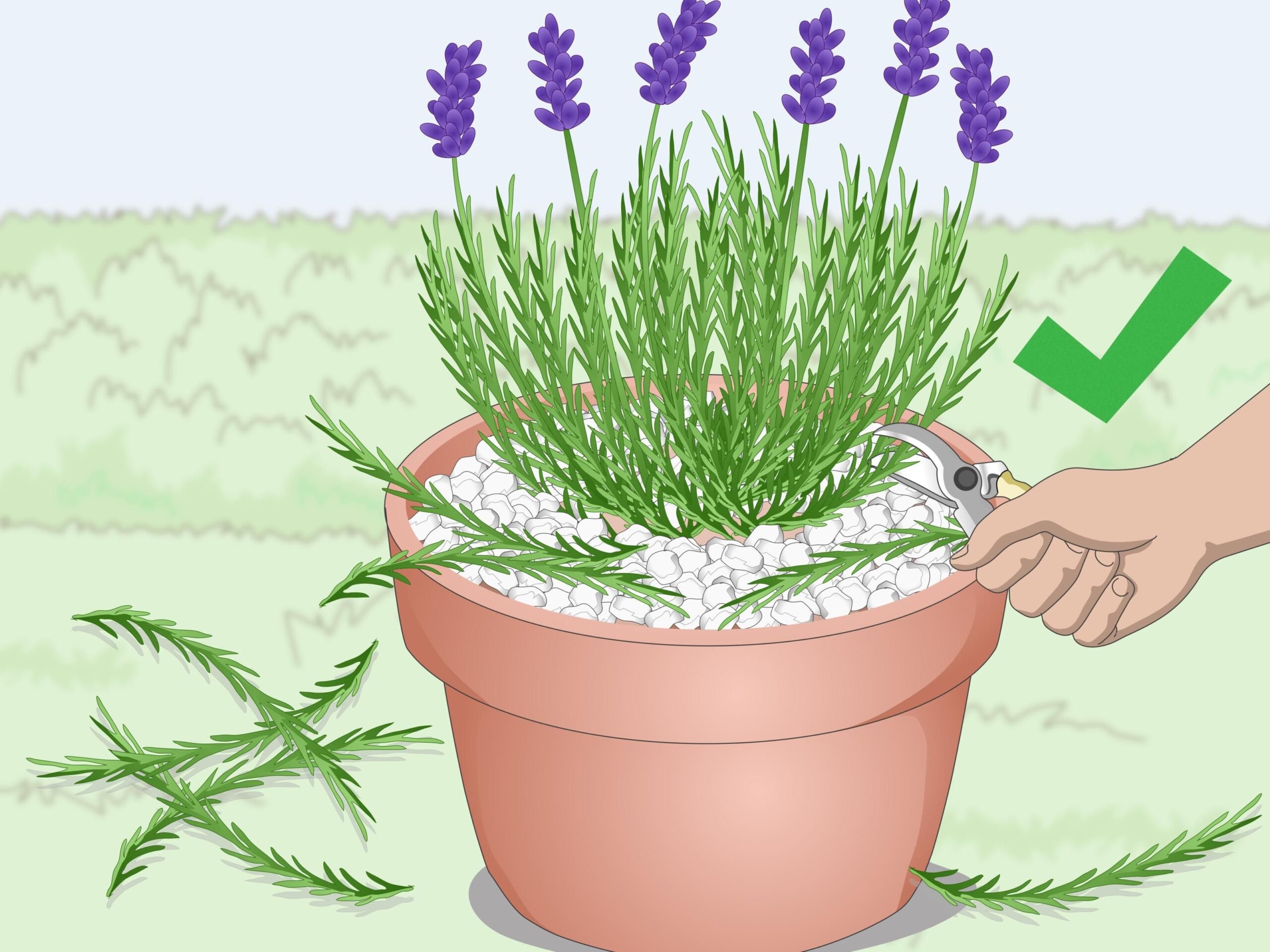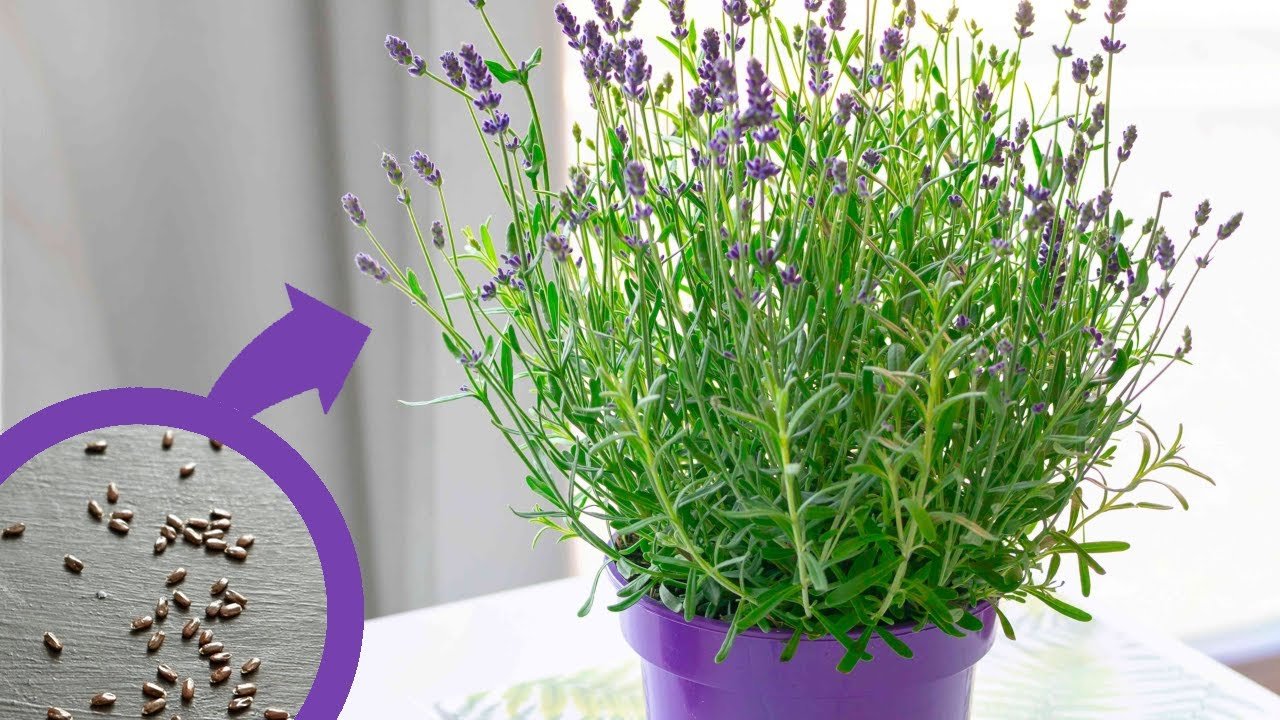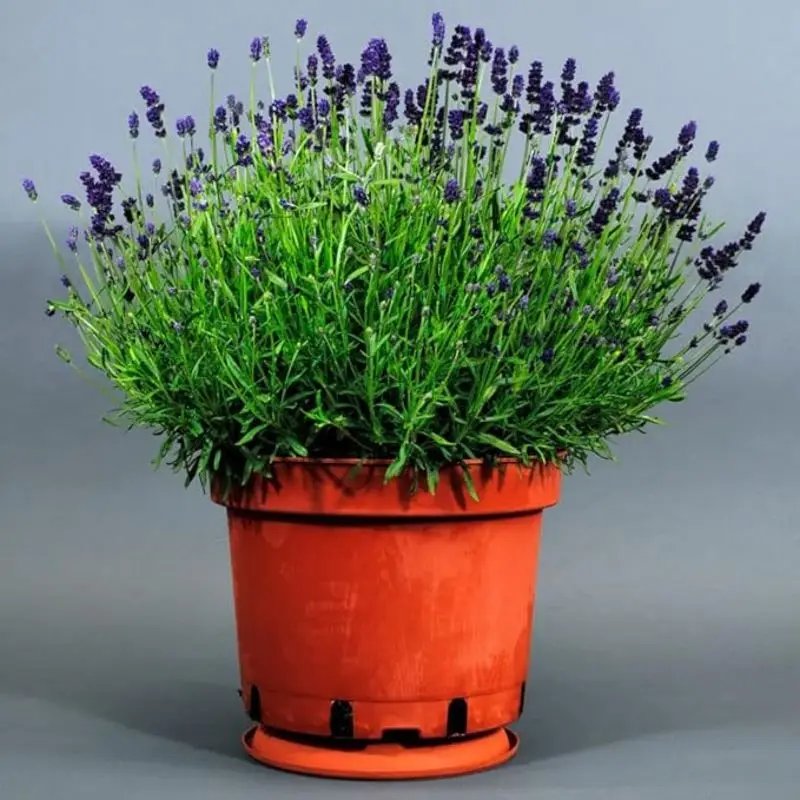Lavender is widely known for its relaxing fragrance and vibrant purple flowers. Its soothing aroma not only enhances your home’s ambiance but also has many practical benefits, such as promoting relaxation and improving sleep quality. Imagine having that beautiful scent filling your space every day. The good news is, you can easily grow lavender indoors, no matter the size of your living space. In this article, we will guide you through the steps to grow lavender in your home, and why you should consider bringing this fragrant herb into your living space.

### **Why Grow Lavender Indoors?**
Lavender is more than just a visually appealing plant. Here are a few reasons why you should consider growing it indoors:
1. **A Natural Air Freshener**
Lavender’s pleasant aroma can help freshen up the air in your home, creating a calm and welcoming atmosphere. This natural scent is a great alternative to synthetic air fresheners, which often contain chemicals that can be harmful to health.

2. **Promotes Relaxation and Stress Relief**
Known for its calming properties, lavender is often used in aromatherapy. Having lavender plants in your home allows you to enjoy its therapeutic benefits daily, reducing stress and anxiety levels naturally.
3. **Improves Sleep Quality**
Lavender has been proven to improve sleep quality by helping individuals relax before bedtime. By growing lavender indoors, you can place a pot in your bedroom and enjoy its peaceful fragrance, creating the perfect environment for restful sleep.
4. **A Beautiful Addition to Your Home**
Lavender’s striking purple flowers and lush green foliage make it a beautiful addition to any room. It can be placed near windows, on countertops, or even as a centerpiece, brightening up your indoor decor.
### **How to Grow Lavender Indoors: A Step-by-Step Guide**
Growing lavender indoors is a rewarding process, but it requires a bit of care and attention. Follow these simple steps to successfully grow lavender in your home:

#### **1. Choose the Right Type of Lavender**
Not all lavender varieties are suitable for indoor growth. The most commonly grown types are **English lavender (Lavandula angustifolia)** and **French lavender (Lavandula dentata)**. English lavender tends to grow best in cooler environments and is a great choice for indoor cultivation. French lavender, on the other hand, thrives in slightly warmer conditions.
#### **2. Select the Perfect Container**
Lavender needs a well-draining container to thrive. Choose a pot with drainage holes to prevent waterlogging, which can lead to root rot. You can use ceramic, plastic, or terracotta pots – just ensure that the container is at least 10 inches deep to accommodate the lavender’s root system.
#### **3. Pick the Right Soil**

Lavender prefers well-drained soil that is slightly alkaline. You can purchase cactus or succulent potting mix, as it provides the perfect drainage for lavender. Alternatively, you can mix your own soil by combining standard potting mix with sand to enhance drainage.
#### **4. Provide Plenty of Sunlight**
Lavender loves the sun For the best growth, place your lavender pot in a location that receives at least 6-8 hours of direct sunlight each day. A south-facing windowsill is often ideal. If sunlight is limited in your home, consider using grow lights to ensure the plant gets enough light.
#### **5. Water Carefully**
While lavender is drought-tolerant, it still needs occasional watering. Water the plant when the top 1-2 inches of soil feels dry. Be sure to water thoroughly, allowing excess water to drain out of the pot. Avoid overwatering, as this can lead to root rot. In winter, you can reduce watering, as the plant’s growth slows down during this time.
#### **6. Maintain Proper Temperature**
Lavender thrives in temperatures between 65-75°F (18-24°C) during the day and a little cooler at night. Avoid placing your plant near drafts, radiators, or air conditioners, as extreme temperatures can cause stress and hinder growth.
#### **7. Fertilize Sparingly**
Lavender doesn’t require frequent fertilization. In fact, too much fertilizer can cause the plant to become leggy and lose its compact shape. You can fertilize your lavender once or twice a year with a balanced, water-soluble fertilizer or use organic compost. Avoid fertilizing in winter when the plant is dormant.
#### **8. Prune Regularly**
To encourage healthy growth and prevent the plant from becoming too woody, trim your lavender regularly. After the plant blooms, cut back the flower stalks to just above the leaves. In the spring, prune back any dead or damaged growth to promote new growth and ensure your lavender stays vibrant.
#### **9. Harvesting Lavender**
When your lavender flowers have fully bloomed, you can harvest them to use in various ways. Simply cut the flower stems just above the leaves, using clean scissors or pruning shears. You can use the flowers for making sachets, potpourri, or essential oils. Be sure to leave enough flowers on the plant to allow it to continue blooming.
### **Tips for Indoor Lavender Care**
– **Air Circulation**: Lavender requires good air circulation to prevent mold and mildew from forming. Ensure the area around your lavender pot is not too crowded.
– **Repotting**: Every 1-2 years, you may need to repot your lavender plant into a slightly larger pot to allow for root growth.
– **Pests**: While lavender is generally resistant to pests, it can occasionally attract aphids or spider mites. Use natural remedies, such as neem oil or insecticidal soap, to treat any pest infestations.
### **The Benefits of Having Lavender Indoors**
Having lavender in your home not only adds beauty and fragrance, but it also brings several health benefits:
– **Stress Relief**: The soothing aroma of lavender helps reduce stress and anxiety, promoting a sense of calm and tranquility in your home.
– **Improved Sleep**: Lavender’s calming scent is known to improve sleep quality and help people relax before bedtime.
– **Natural Pest Repellent**: The strong scent of lavender can also act as a natural pest repellent, helping to keep flies, mosquitoes, and other insects at bay.
### **Add Lavender to Your Home and Enjoy Its Many Benefits**
Growing lavender indoors is a rewarding and enjoyable experience that brings both aesthetic and health benefits to your home. By following the simple steps outlined in this guide, you can easily cultivate a lavender plant that fills your space with its beautiful fragrance, vibrant color, and calming properties. Whether you want to add a touch of natural beauty to your living room or create a relaxing bedroom sanctuary, lavender is the perfect indoor plant to make your home smell amazing.
So, grab a pot, some soil, and a lavender plant, and start growing this lovely herb today – your home will thank you for it
